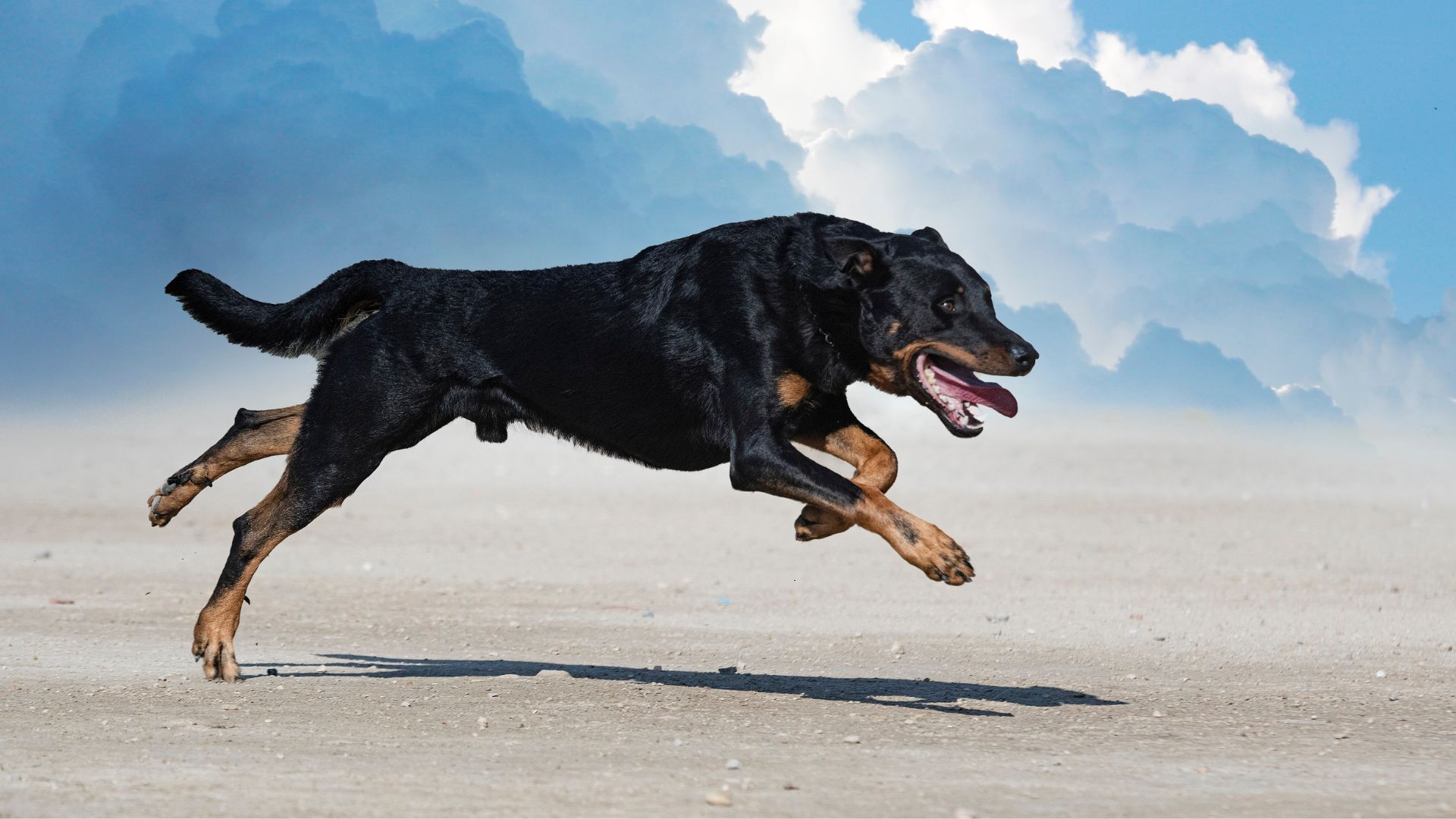In 2024 alone, insurers paid out $1.6 billion in dog-related injury claims after a sharp 19% rise in bite cases. That staggering figure shows how seriously dog behavior impacts both public safety and household responsibility.
While many breeds are gentle companions, others carry instincts and physical strength that demand careful research. Ignoring these factors can lead to dangerous situations for families, neighbors, and even strangers.
This article explores the 7 dangerous dog breeds that potential owners must study before making a lifelong commitment. From protective temperaments to exercise demands, these high-risk dog breeds require experienced handlers.
Understanding risk doesn’t mean avoiding these most dangerous dog breeds entirely. It means respecting their nature, training them responsibly, and ensuring they’re placed in the right homes.
Choosing a dog should be about more than love at first sight. Knowledge is your best defense against future problems—and your best tool for building a safe, lasting bond.
Dangerous Dog Breeds To Research Before You Commit
1. German Shepherd
German Shepherds are famously loyal and intelligent, but their protective nature can tip into aggression when poorly trained or left unstimulated. Lack of socialization or inconsistent handling may trigger territorial behavior, especially toward strangers.
In countries like Ukraine and Belarus, restrictions have been placed on German Shepherd ownership due to their bite force and reputation for guarding.
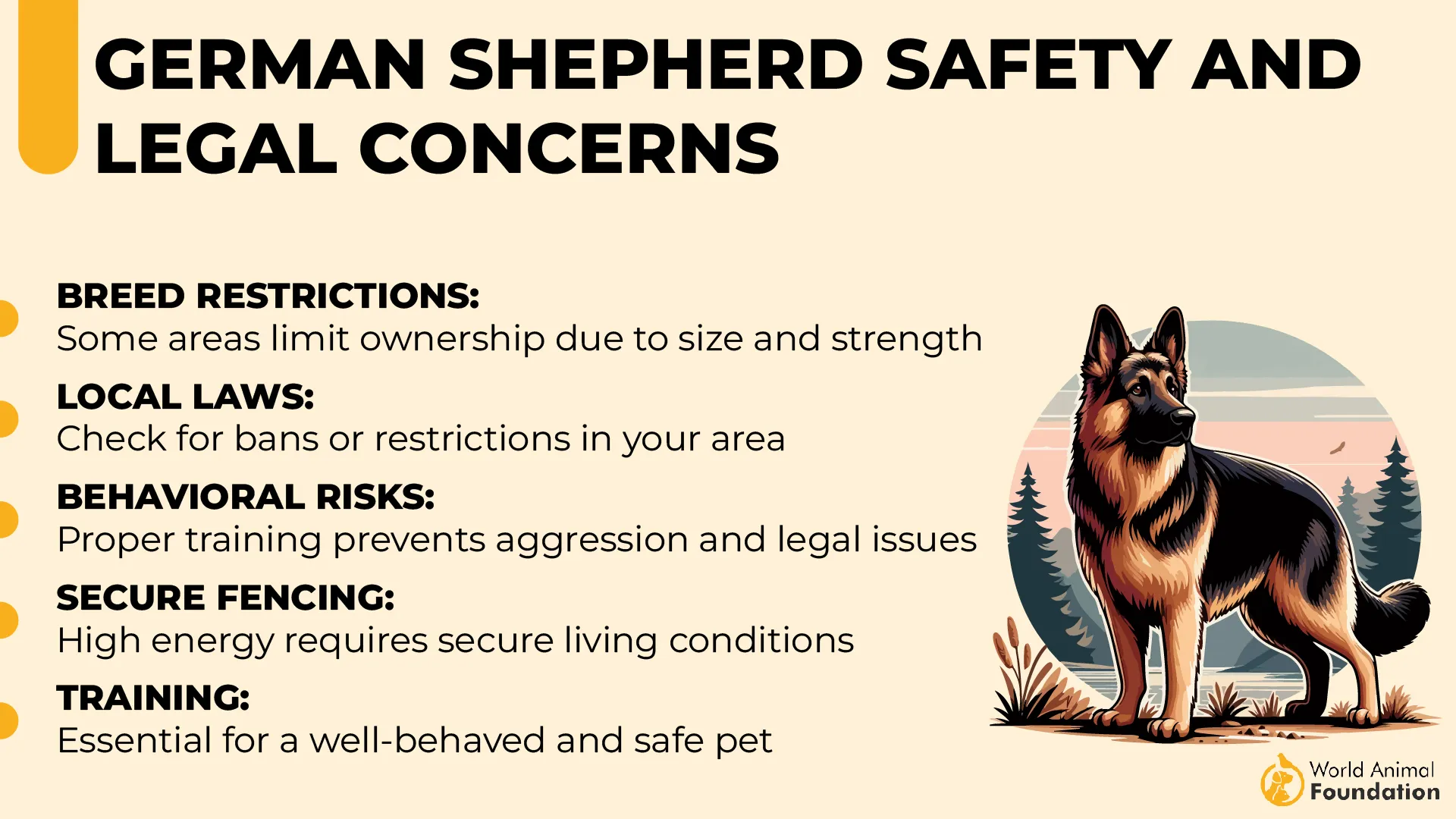
If faced with an aggressive shepherd, experts advise avoiding direct eye contact, staying calm, and putting a barrier between you and the dog. Responsible owners should invest in early training, daily exercise, and mental enrichment.
Key Concerns:
Dog bite incidents: Among the top five breeds in U.S. bite reports
Risk factors: High prey drive, guarding instincts
Warning signs: Stiff posture, intense staring, growling
With structured routines, obedience training, and positive reinforcement, German Shepherds can thrive as balanced, loyal companions.
2. Doberman Pinscher
Doberman Pinschers project elegance and alertness, but their sharp protective instincts can make them formidable. PetMD explains that aggressiveness often surfaces when they perceive threats to their family or territory, particularly without consistent leadership from their owners.
Some regions, including Denmark and certain cities in Canada, have placed bans or restrictions on Dobermans.
During an encounter with an agitated Doberman, experts recommend standing still, using a firm but calm voice, and avoiding sudden movements. Owners should focus on controlled environments, strong recall training, and confidence-building exercises.
Key Concerns:
Dog bite data: Noted for severe bites due to jaw strength
Risks: Highly protective, strong territorial instincts
Red flags: Excessive barking, lunging, raised hackles
Balanced Dobermans flourish when paired with confident handlers who provide both structure and affection. Consistent training and ample exercise transform them into loyal guardians rather than unpredictable risks.
3. Bullmastiff
The Bullmastiff is a gentle giant with a history as a guardian breed, but their size and strength can escalate conflicts quickly. AKC warns that aggression may appear when they feel their home or family is under threat, especially if socialization is neglected.
Bans and restrictions exist in countries like Bermuda and some Australian states, reflecting safety concerns.
In the rare event of a Bullmastiff attack, experts stress creating distance and using barriers rather than physical force. Owners should emphasize early puppy training, exposure to diverse settings, and clear boundaries at home.
Key Concerns:
Bite statistics: Fewer incidents than some breeds, but often severe
Risks: Overwhelming size and power
Behavioral warnings: Low growl, blocking movement, sudden immobility
When nurtured with consistent guidance, Bullmastiffs are calm, affectionate protectors. Their best qualities shine when owners respect their guardian instincts while teaching them confidence and trust.
4. Akita

Akitas are dignified and powerful, yet their strong guarding instincts can lean toward aggression without proper structure. Aggressiveness often emerges when they’re challenged by unfamiliar dogs or when owners fail to establish consistent leadership.
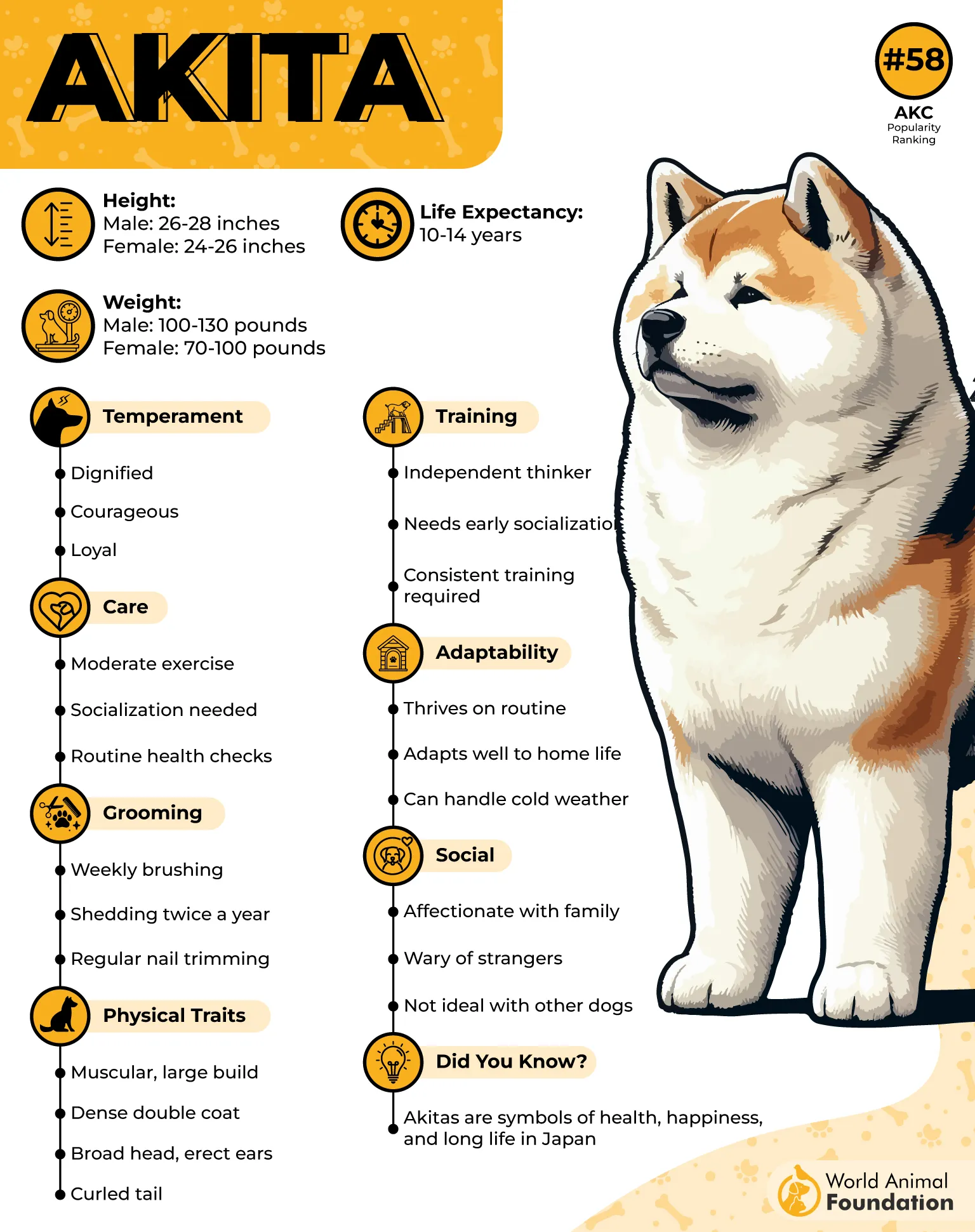
Ownership restrictions apply in countries such as Spain and Singapore due to their reputation as unpredictable protectors.
In the event of an aggressive Akita, remaining calm, avoiding sudden gestures, and creating space are critical. Owners benefit from structured obedience, careful introductions, and a stable home environment.
Key Concerns:
Dog bite reports: Fewer in number but known for severity
Risks: Territorial guarding, intolerance toward same-sex dogs
Warnings: Fixed stare, rigid stance, deep growl
Britannica advises that with patience, positive training, and early socialization, Akitas can grow into balanced companions who combine loyalty with calm confidence.
5. Alaskan Malamute
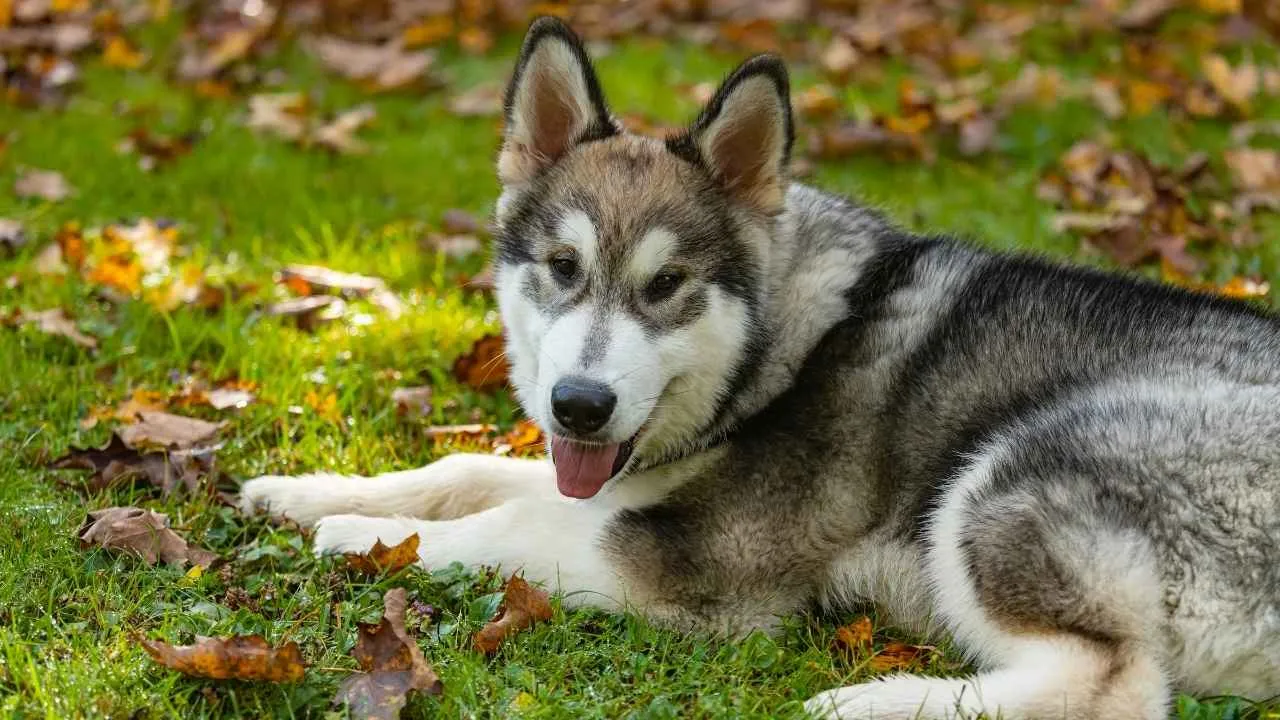
Bred as powerful sled dogs, Alaskan Malamutes are packed with stamina and independence. Aggressive behaviors often surface when their need for vigorous exercise and mental engagement is unmet, or when they clash with smaller pets.
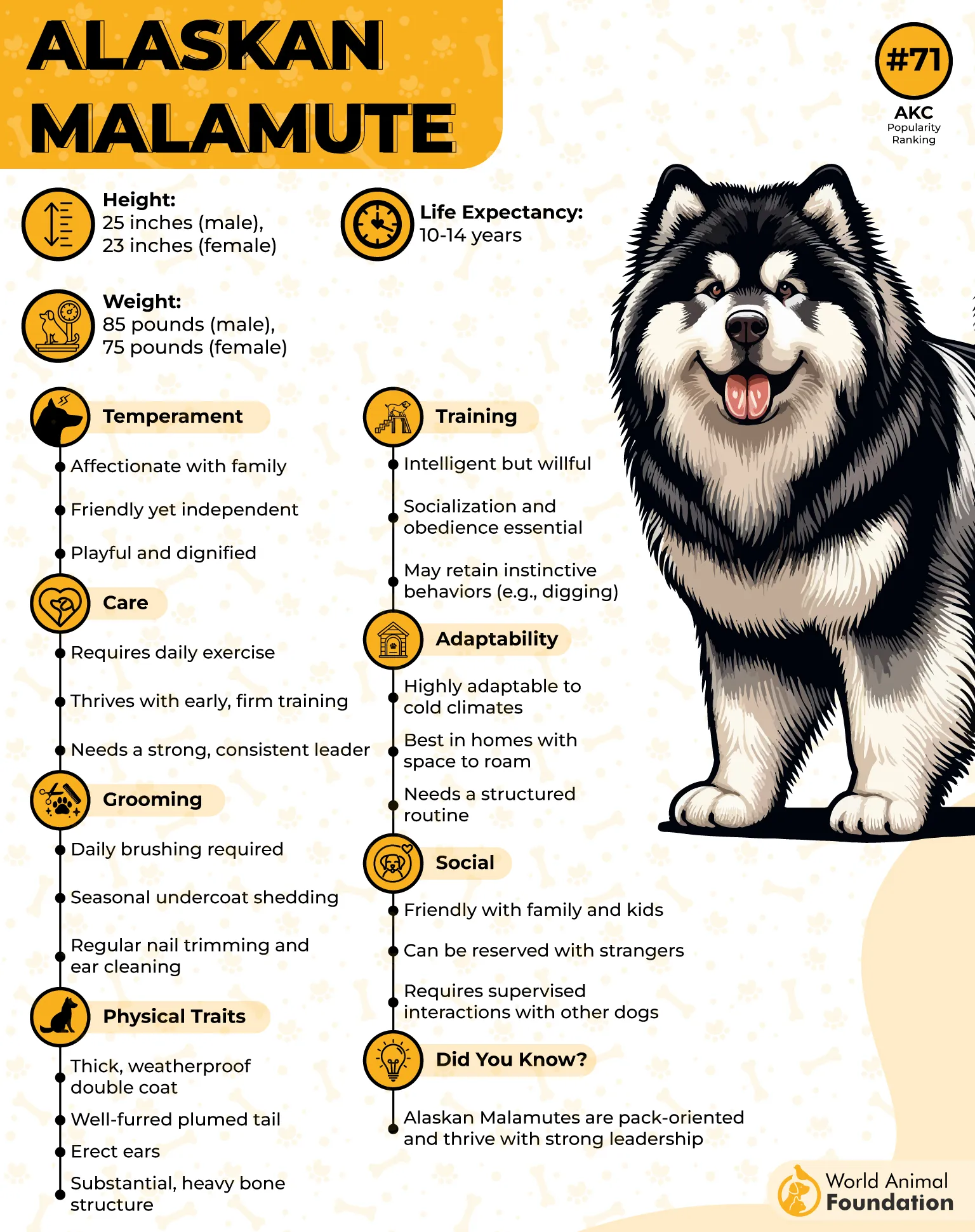
Certain U.S. municipalities and regions in the UK list Malamutes under restricted breeds. Experts suggest avoiding confrontation in case of aggression and instead backing away slowly. Owners who succeed with Malamutes are those who match their energy and provide purposeful work.
Key Concerns:
Bite incidents: Less common, but forceful due to size
Risks: Strong prey drive, stubborn streaks
Behavior warnings: Fixed focus on small animals, refusal to obey, dominance challenges
Balanced Malamutes thrive with owners who provide consistent training, daily physical outlets, and confidence-building activities. Their majestic presence is best matched by equally strong, calm leadership.
6. Siberian Husky
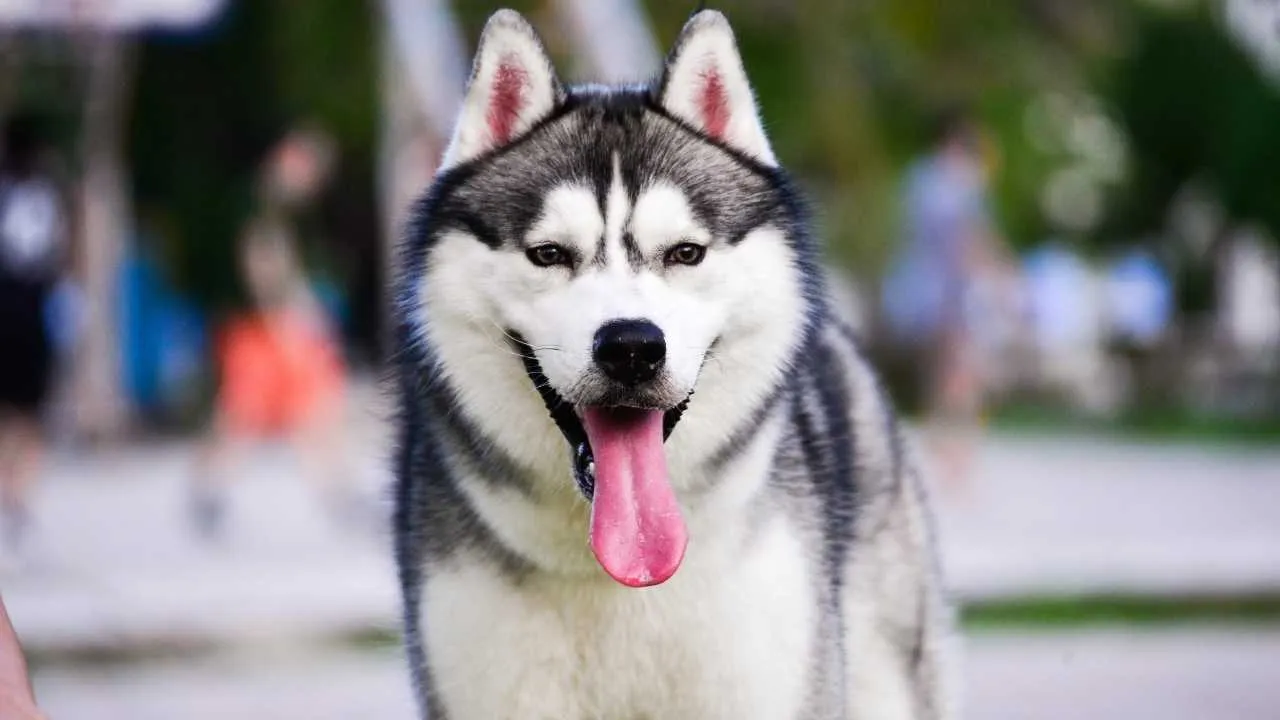
The Siberian Husky is often mistaken for being just playful and friendly, yet under-stimulated Huskies may channel energy into destructive or aggressive behaviors. Their high prey drive and independence can cause conflicts with smaller pets or inexperienced owners.
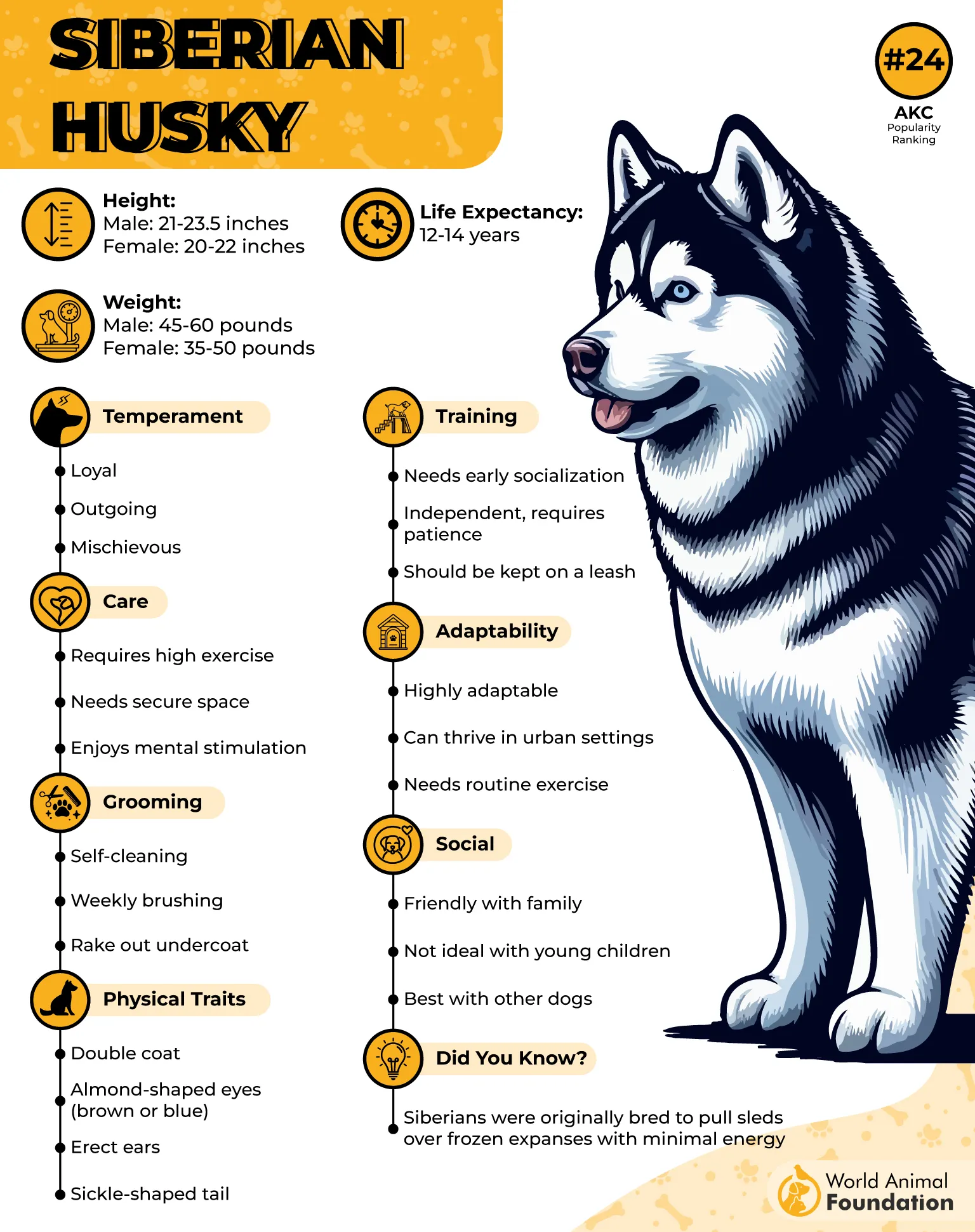
While not banned in most places, Siberian Huskies appear on restricted lists in some U.S. apartment complexes and military housing due to perceived risks.
During confrontations, experts recommend avoiding yelling, as it may escalate their excitement. Instead, redirecting attention or creating a barrier is safer.
Key Concerns:
Bite statistics: Contribute to moderate bite incidents, often linked to a lack of control
Risks: Escape tendencies, impulsive energy
Red flags: Excessive howling, pacing, fixated stares
Owners who succeed with Huskies focus on structured routines, mental games, and consistent socialization. With proper outlets, these energetic dogs become affectionate, loyal companions.
7. Boxer
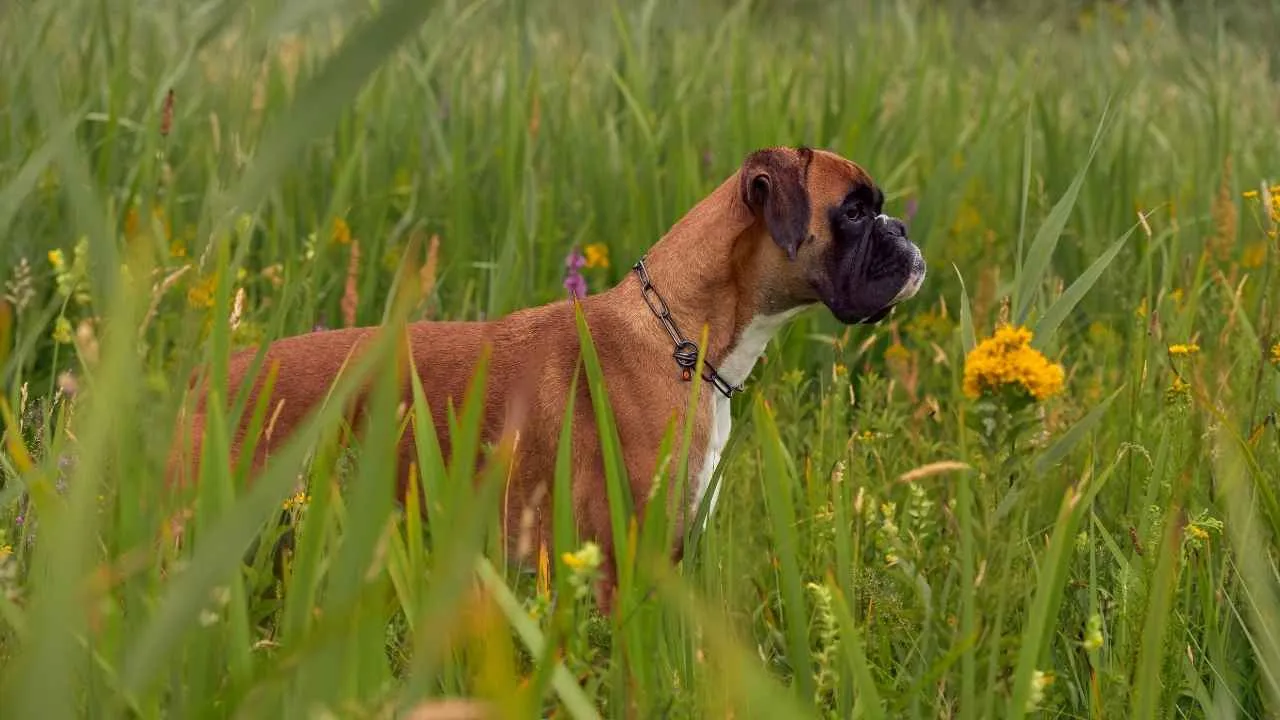
Boxers are spirited and playful, but their protective nature and strong jaws can pose risks when left untrained. Aggressive tendencies often stem from boredom, lack of exercise, or inconsistent boundaries.
Though not globally banned, some regions in Europe, like parts of the UK, list Boxers as breeds of concern.
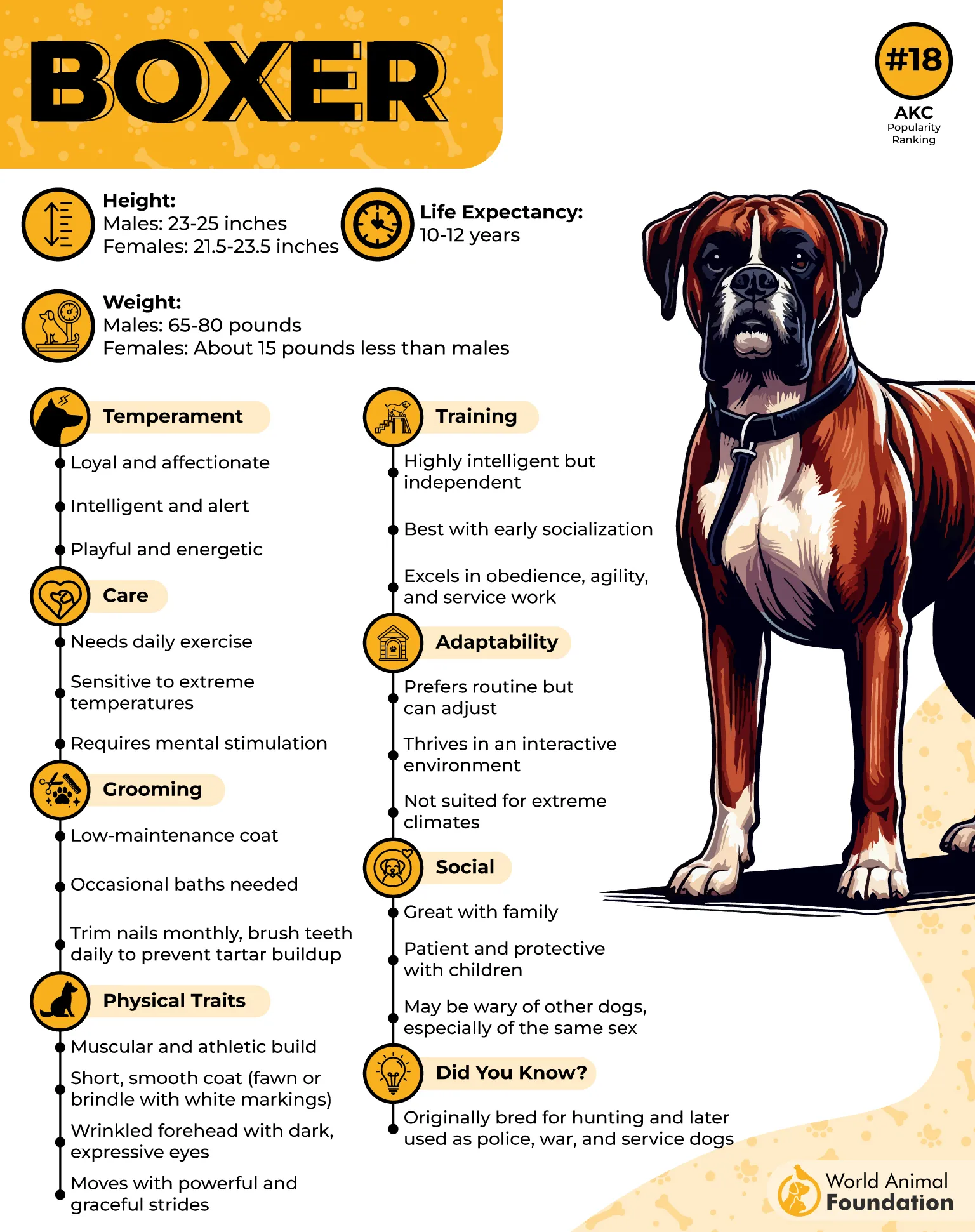
In an altercation, keeping movements slow and controlled is advised, as Boxers respond poorly to frantic reactions. Owners should emphasize structured play, clear rules, and positive reinforcement.
Key Concerns:
Dog bite stats: Less frequent, but bites can be serious due to the power
Risks: Territorial behavior, high energy bursts
Warning signs: Intense jumping, pawing, sudden growls during play
Balanced Boxers shine when given physical outlets, obedience training, and family engagement. Their playful charm and loyalty are best enjoyed by active, committed pet owners.
FAQs
What should I consider before adopting a powerful or high-risk breed? Prospective owners should look at more than just the breed’s appearance. Consider exercise needs, space at home, time for training, and your ability to handle a strong-willed nature. Responsible ownership and proper training are key to preventing dog bite injury or dangerous behaviors.
How can I safely raise a breed with a strong guarding or prey drive? Start with early socialization at a young age and continue with consistent, positive reinforcement. Provide mental challenges, proper outlets for energy, and never encourage aggressive behaviors. A properly trained dog can channel its instincts into safe, balanced actions.
Are all-powerful or protective breeds unsuitable for families? Not at all. While some aggressive breeds and potentially dangerous breeds require more effort, many become loyal guard dogs and loving companions when properly socialized. The American Veterinary Medical Association emphasizes that serious dog attacks are often linked to neglect, not the breed itself.
Conclusion
Dangerous dog breeds based on statistics—like German Shepherds, Dobermans, and pit bulls—often make headlines for fatal dog attacks and serious dog bite injury cases. But experts remind us that aggression can come from many other dangerous dog breeds, including chow chows, wolf hybrids, presa canarios, or even mixed-breed dogs.
The truth is, certain breeds may have a strong bite or strong instinct, yet proper training, responsible ownership, and being properly socialized from a young age can prevent serious harm. Even popular dogs like Labrador Retrievers or British Bulldogs can show dangerous behaviors if neglected.
For prospective dog owners, the lesson is clear: dogs aren’t dangerous by default—violence comes when human beings fail to guide them. With patience, love, and consistency, even aggressive breeds can become loyal companions and trusted guard dogs, protecting both families and other pets. Think carefully before you commit, and choose safety, balance, and care.


